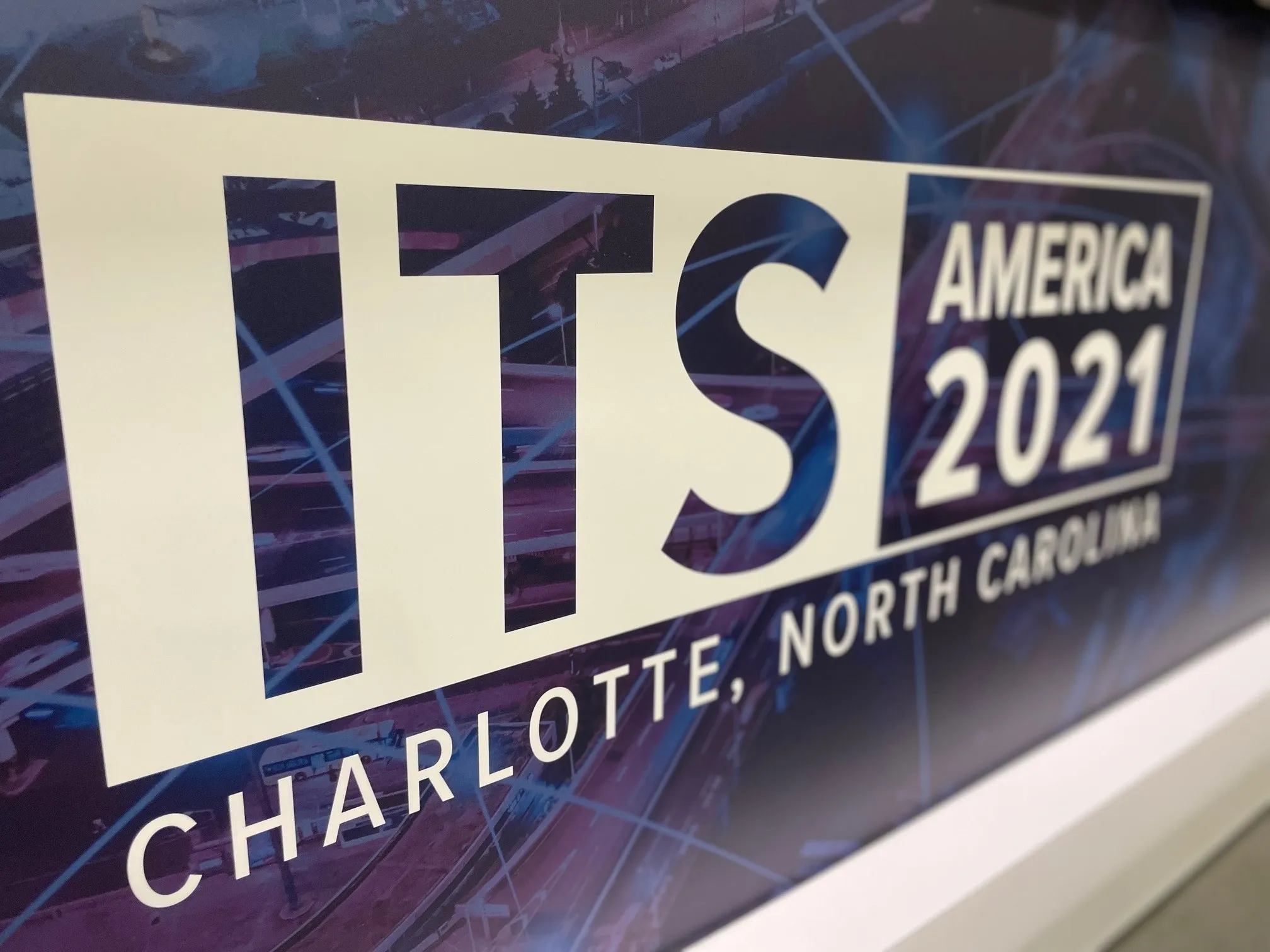The I-95 Corridor Coalition, working through the University of Maryland, and following a thorough competition, has announced a new contract for procuring real-time speed and travel time data. Under this new contract, Coalition member agencies are expected to realise up to a 50 per cent reduction in cost over the prior contract.
Member agencies may choose from Here, Inrix and TomTom to procure traffic speed and travel time data. The multiple-vendor approach creates a traffic data marketplace, allowing ag
June 10, 2014
Read time: 2 mins
The I-95 Corridor Coalition, working through the University of Maryland, and following a thorough competition, has announced a new contract for procuring real-time speed and travel time data. Under this new contract, Coalition member agencies are expected to realise up to a 50 per cent reduction in cost over the prior contract.
Member agencies may choose from7643 HERE, 163 Inrix and 1692 TomTom to procure traffic speed and travel time data. The multiple-vendor approach creates a traffic data marketplace, allowing agencies to best meet their traffic data and information needs while still maintaining uniform data use rights, common real-time situational awareness in the corridor for incident response and traveller information and consistent data standards to support performance measures and planning using best-practices Coalition-wide.
The competitive process has enabled the Coalition to secure even higher quality specifications for accuracy, timeliness and granularity of the data. Additionally, the network emphasis was expanded to include freeways and principal (signalised) arterials, creating an industry-first, multi-vendor, unified operations picture that spans critical road classes. Later this year, the Coalition will seek to expand capabilities yet again with industry-first, real-time volume and origin-destination data to augment speed and travel time, so stay-tuned.
Data from this new contract may be available as early as 1 July 2014, pending successful execution of revised data use agreements within the Coalition.
Member agencies may choose from
The competitive process has enabled the Coalition to secure even higher quality specifications for accuracy, timeliness and granularity of the data. Additionally, the network emphasis was expanded to include freeways and principal (signalised) arterials, creating an industry-first, multi-vendor, unified operations picture that spans critical road classes. Later this year, the Coalition will seek to expand capabilities yet again with industry-first, real-time volume and origin-destination data to augment speed and travel time, so stay-tuned.
Data from this new contract may be available as early as 1 July 2014, pending successful execution of revised data use agreements within the Coalition.









